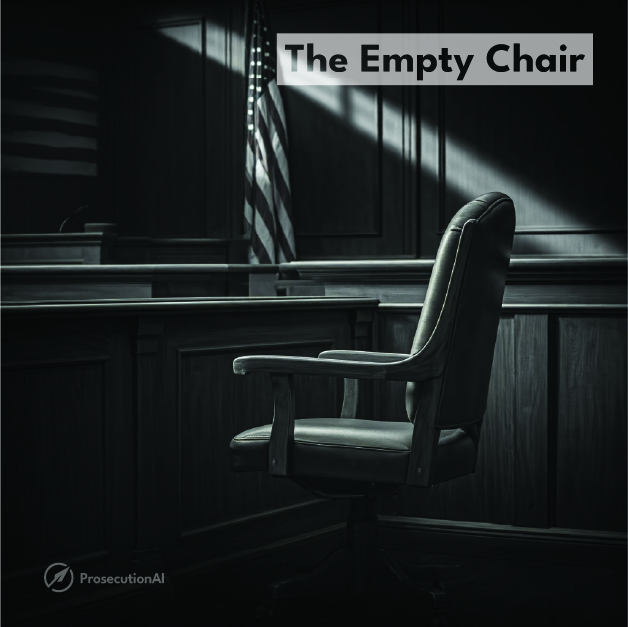Introduction: The Prosecutor as a Truth Seeker
In the courtroom, the prosecutor’s primary role is to seek the truth. This mission becomes particularly complex when faced with the “empty chair” defense, where blame might be shifted to an absent third party, casting doubt on the defendant’s guilt. Whether it is strategy or the truth prosecutors must be equipped to separate fact from fiction and effectively communicate this to the jury.
Understanding the “Empty Chair” Defense
The “empty chair” defense presents a unique challenge to prosecutors, who must be diligent truth seekers, handling both evidence against the defendant and potential alternate suspects posed by the defense. Sometimes, it serves as a tactic to divert blame, but in other instances, it can genuinely suggest another individual’s involvement. The prosecutor’s task is to rigorously evaluate the validity of such defenses and explain the situation clearly to the jury.
ProsecutionAI: A Tool for Truth Verification
Enter ProsecutionAI, an innovative tool designed to assist prosecutors in verifying the truth behind “empty chair” defenses. By carefully analyzing initial reports and predicting potential defense strategies, ProsecutionAI provides critical insights into whether additional investigation is warranted. This empowers prosecutors to discern early on if an “empty chair” scenario holds water and to take necessary steps accordingly, transforming uncertainty into opportunity for thorough preparation.
The Role of AI in Truth-Seeking efforts
As AI technology becomes more prevalent in defense strategies, it’s vital for prosecutors to harness similar tools to maintain a level playing field. By incorporating ProsecutionAI, prosecutors can proactively anticipate defense narratives, ensuring comprehensive preparation that aligns with their mission of truth-seeking and justice.
Conclusion: Ensuring Truth and Justice Prevail
With ProsecutionAI, prosecutors are better equipped to approach “empty chair” defenses with clarity and assurance, aiming for outcomes grounded in truth. By shifting from a reactive to a proactive stance, this technology enhances the prosecutor’s role as a truth seeker, guiding the trial toward a just and fair resolution.

